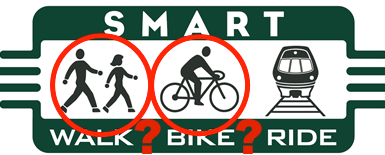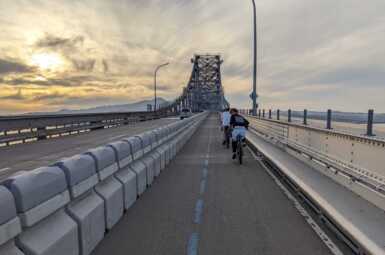news How the SMART Train Got Here
SMART Train and Pathway Background
Sonoma Marin Area Rail Transit (SMART) has been working since 1999 to plan, engineer and build passenger rail service along the former Northwest Pacific (NWP) right-of-way for 70 miles from Larkspur Landing to Cloverdale. MCBC has been working with SMART since its inception to ensure that a multi-use pathway parallel to the rail line would be included in SMART’s plans.
MCBC supported Measure R, which appeared on the November 7, 2006 ballot in Marin and Sonoma Counties. The 0.25 cent sales tax ballot measure would have provided funds to establish passenger rail service, as well as a bicycle and pedestrian pathway parallel to the rail line, for the 70-mile corridor from Larkspur Landing in Marin to Cloverdale in Sonoma. The Measure garnered more than 65% and was narrowly defeated by 1.34% between the two counties. SMART returned to voters in November 2008 with another funding proposal for the “rail with trail.” – Measure Q – which MCBC and members actively supported.
2008 Measure Q History
The 2008 Marin County Measure Q specified significant improvements for Marin County bicyclists with respect to the SMART project – including 100% funding of the $91 million, 70-mile bicycle/pedestrian pathway that will run from Larkspur to Cloverdale. Seventy percent of pathway will be a separated (class 1) bicycle/pedestrian multi-use pathway; the remaining 30% will consist of bike lanes and bike routes on city streets. SMART estimates that there will be 7,000 users of the pathway (on weekdays) and that 10,000 people will be enjoying the bicycle/pedestrian pathway on weekend days. Additional improvements since the 2006 measure include weekend train service and the potential use of lighter, more efficient train cars. The SMART District voted to put SMART Measure Q on the ballot.
SMART is a vital element of Marin’s transportation infrastructure and will give Marin and Sonoma residents an ecologically wise transportation option to the heavily congested Highway 101, especially during the morning and evening commute times. Along with its connection to the Larkspur Ferry Terminal, the SMART train will give Marin residents an opportunity get out of their cars, helping to reduce congestion and saving considerable time for those who take the train.
The SMART train and pathway will also significantly help to reduce Marin’s greenhouse gas (GHG) footprint. In 2005, transportation accounted for over 60% of Marin’s GHG emissions. SMART will directly reduce GHG’s by about 124,000 pounds per day by shifting an estimated 5,300 daily trips away from automobiles and onto the train. While a two-car SMART train will have at least 200 seats, it will produce the CO2 emissions of only 12 automobiles. SMART’s two-to-three train cars fit within a city block and will be coordinated with traffic signals so that there will be no delays on city streets.
According to the SMART Final Environmental Impact Report, approximately 7,000 bicyclists and pedestrians would use the pathway on a daily basis on weekdays and over 10,000 people would use it on the weekend days. Rail stations are being designed to optimize pedestrian and bicycle access, including on-site bicycle parking at all stations and space for staffed bicycle storage and maintenance facilities at the San Rafael and Santa Rosa station sites. With room being designed into rail cars for bicycle storage, passengers will be able take the train and ride their bicycles to work, school, shopping or for recreation.
One of the Marin County Bicycle Coalition’s long-term project goals is the creation of a North-South Greenway pathway, along the railroad right-of-way, which will provide connections to transit, businesses, schools, residences and other destinations. SMART owns the railroad right-of-way north of Corte Madera. MCBC will continue to work with SMART to garner funds and support to build the North-South Greenway while making sure that the needs of bicyclists and pedestrians is well represented.



